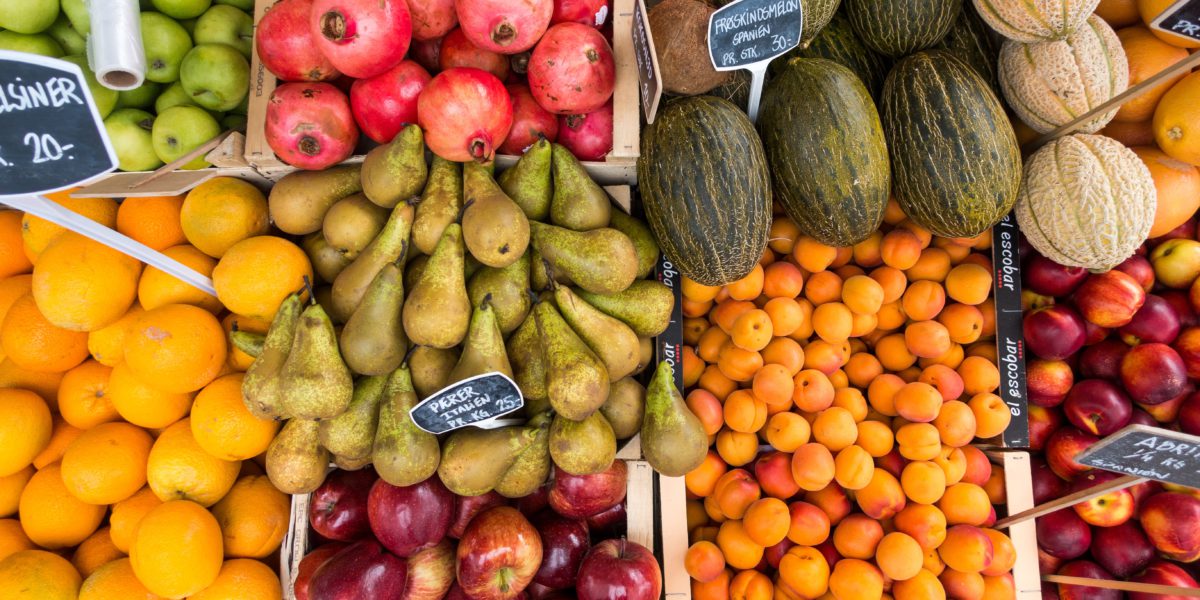Chema (José M.) Gil Roig
Director
When we were planning our activities and projects for the new year, at the end of 2019, nobody could have imagined what was coming. The health and economic crisis generated by COVID-19 has led to important changes in the behavior of people and companies. To what extent these shifts will continue in the future, we don’t know. In all probability, the longer this crisis lasts, the more permanent these behavioral changes will be, but it is still too early to tell.
The agri-food sector has been classified as an essential sector, which has allowed it to keep up its regular activity, albeit not without difficulties — trying to face new consumer needs and the uncertain impact on the restaurant industry, which accounts for around one quarter of families’ spending on food. The urgency of the day-to-day has, perhaps, diverted the focus of attention. Previously, it had been fixed upon the transformation processes that the agri-food system has to address to become a more sustainable, fairer system, more connected to the land and to photosynthesis and more equitable, striving to meet the needs of society’s most vulnerable.
With any luck, this crisis will end sooner rather than later, and we will take up with renewed energy the challenges that the agri-food system was facing and will continue to face in the near future. For this transformation to be effective, it is essential to stop discussing agricultural policies and to start discussing food policies, which encompass the former.
Previously, agricultural policy has been redesigned with the fundamental goal of promoting an activity that would allow a significant part of the population to settle in rural areas, in addition to preserving ecosystems threatened by economic development. However, in practice, the main groups of vulnerable people are found in the cities: families who can’t meet their basic nutritional needs are on the rise (more so during the pandemic), despite having abundant food within 50 metres. Therefore, the focus of public policies should not be on food production to maintain incomes and ecosystems — although these are important, too — but on guaranteeing the right to food for a growing population that is concentrated in large urban areas.
Besides focusing the public effort on food policies, I would like to emphasize that the transformation of the agri-food system should be guided by three principles: + coordination + collaboration + impact (2C + i).
The agri-food sector is subject to great income and price volatility due to the characteristics of its production process. First, a greater vertical coordination of the industry (not to be confused with vertical integration) is required, via solid interprofessionals. They must have a very different role to what they currently do, and they must be able to adjust supply and demand, guaranteeing decent prices to producers, as well as safer and more sustainable food at affordable prices for the entire population.
Second, for the sector to advance, the role of R&D and innovation is essential. Catalonia has leading researchers in all sciences related to the agri-food sector. However, there is a structural deficiency in innovation. Research makes it to scientific journals, but it does not reach the sector in a fluid and systematic way. There are numerous successful examples of collaborations, especially with large companies, but they are, to a large extent, bilateral and usually unidirectional, with the industrial sector assuming a passive attitude as mere recipient of the transfer of results. It is difficult to find examples of collaborations between several companies and several research centers, uniting to face a common challenge. The focus should be on specific challenges in the sector, with collaboration between companies and centers (plural), and multidisciplinarity as the common elements throughout.
All the previous actions, both public and private, are meaningless if we are not capable of designing a system of indicators that enables measuring the impact of change, technology and innovation — not only in the sector, but in society. Measurement of this impact must be multidimensional (economic, territorial, health, social, political, environmental…) and must therefore go far beyond the three traditional pillars of sustainability (economic, social, environmental).
Thirdly, the process must be participatory, with the involvement of the different agents of the chain, starting with the very design of the indicators. These agents must, in the last instance, decide what measures to implement, taking into account they will have to prioritize indicators and resolve conflicts between them. Finally, the impact measurement must be global, taking into account the relationship of the food system with the resources it relies upon, mainly water and energy (food-water-energy nexus).
Great crises can be great opportunities, it sounds cliché, but taking advantage of them to (re)think our environment is surely the smartest conclusion we can reach. The pandemic is, among many other things, a test of our ability to profoundly change our view of the world in general, and of the agri-food system in particular. Coordination, collaboration and impact must become three keywords, the drivers of change: to design a food production system based more on values than on efficiency, one which is fairer, more inclusive and more sustainable in every possible meaning of the word. We have everything we need to kick-start that change, there are no excuses and time is short.


